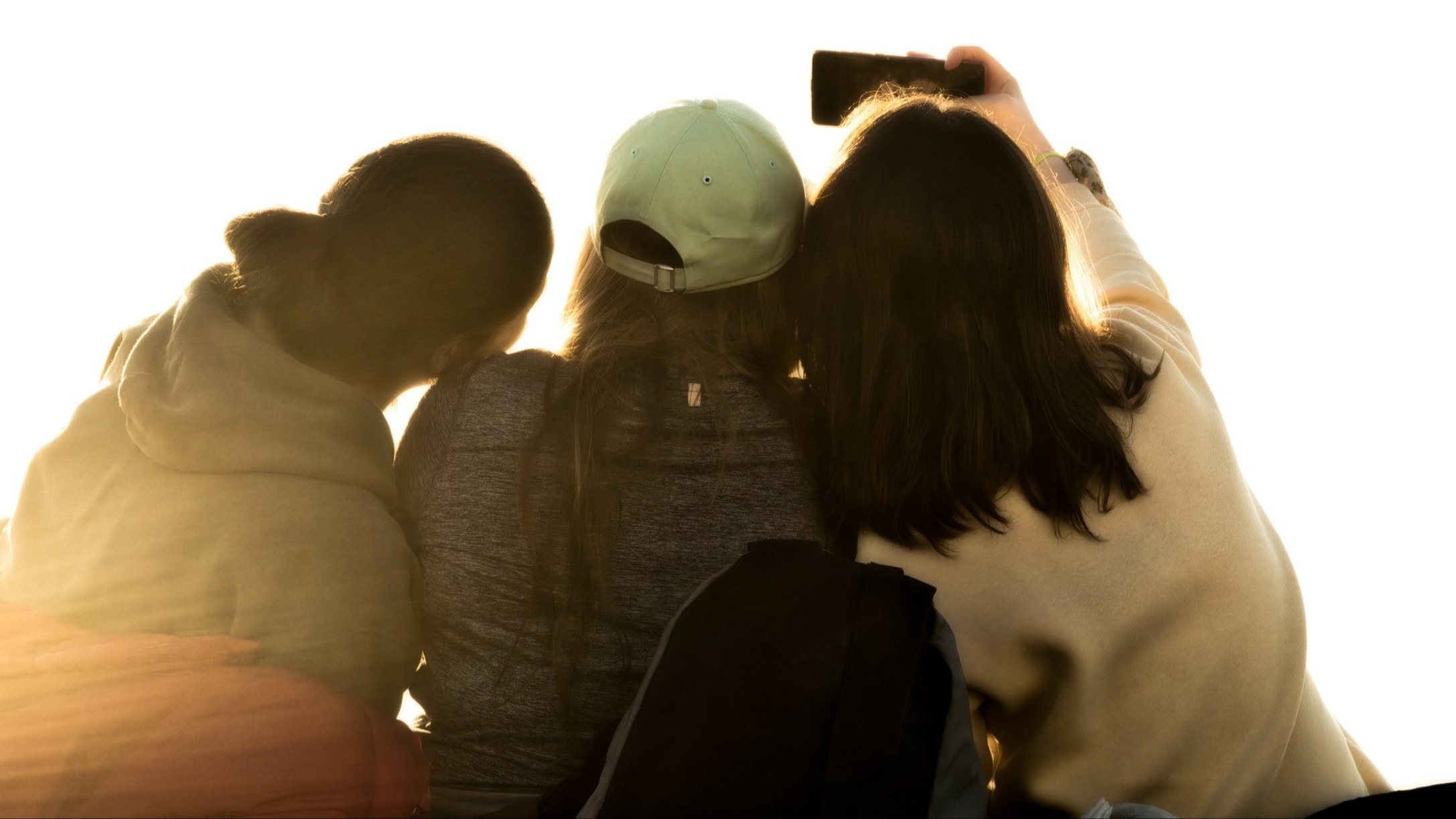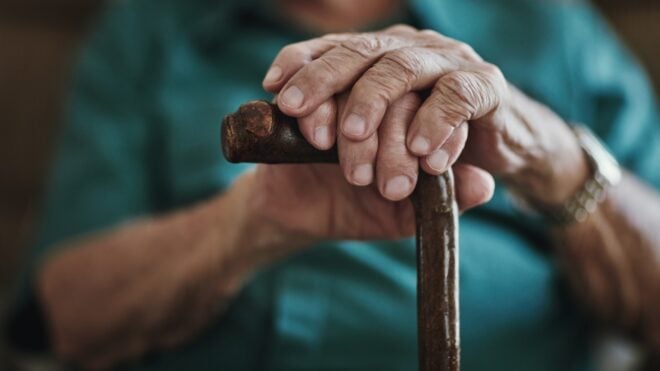
Some say that head lice appear to be on the rise, and a recent article from The Washington Post suggests that selfies might be playing a role. As previously reported, some people who work in head lice treatment say they've experienced an influx of patients seeking treatment.
An expert, researcher Federico Galassi, called selfies "a significant transmission source," reported The Washington Post. This is not the first time people have suspected that taking selfies might result in the spread of head lice, especially among teens.
More from LittleThings: Mom Makes Bizarre Confession Online: ‘I Love Picking Head Lice Out Of My Kids’ Hair’
In 2014, San Francisco news site SFist reported that a lice expert said there was "a huge increase of lice in teens" that year because "teens are sticking their heads together every day to take cell phone pics."
The expert, Marcy McQuillan of Scotts Valley's Nitless Noggins, told the outlet that "every teen I've treated, I ask about selfies, and they admit that they are taking them every day." Marcy warned kids and parents that "the consequences [of selfies] are real."
More from LittleThings: Clint Eastwood's Youngest, Morgan Eastwood, Gets Married In Wholesome & Simple Ceremony
But some experts disagreed with McQuillan's claims. Dr. Richard J. Pollack told NBC News that her claims seemed like "a marketing ploy" because "it’s good for business."
He also pointed out that teens don't get head lice as often as younger children do, and it's impossible for them to spread something that they don't have. Although getting head lice from taking a selfie is possible, he admitted, it's unlikely.
According to the Centers for Disease Control and Prevention, head lice cannot jump or fly, so lice usually spread by direct head-to-head contact. It's most common in preschool and elementary school-age children and the people who live with them.
Although some experts who treat head lice have reportedly noticed an uptick in cases, it's possible that what they're observing is just the number of head lice cases returning to pre-pandemic levels.
Kids are once again going to school, sleepovers, and summer camps, and participating in other activities they participated in before the pandemic without COVID-19 measures, like social distancing and quarantine, in place. This could explain the alleged rise in cases of head lice.
Though direct head-to-head contact is to blame for most head lice infestations, the CDC notes that head lice can spread in other ways, such as wearing clothing, hats, or other accessories worn by a person who has lice, or lying on furniture used by someone who has lice.
Getting head lice does not mean that a person has bad personal hygiene or lives in an unclean environment, notes the CDC.




